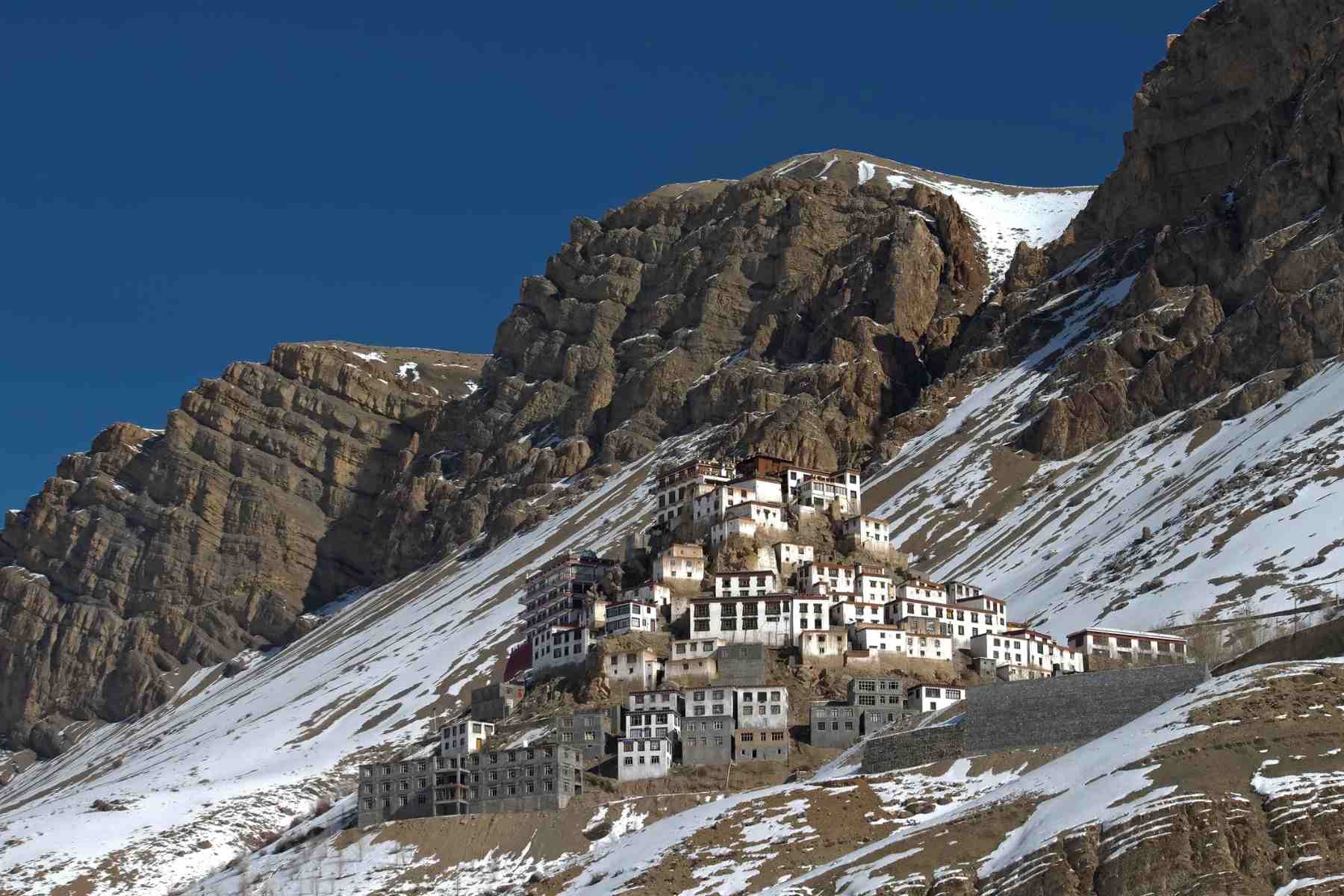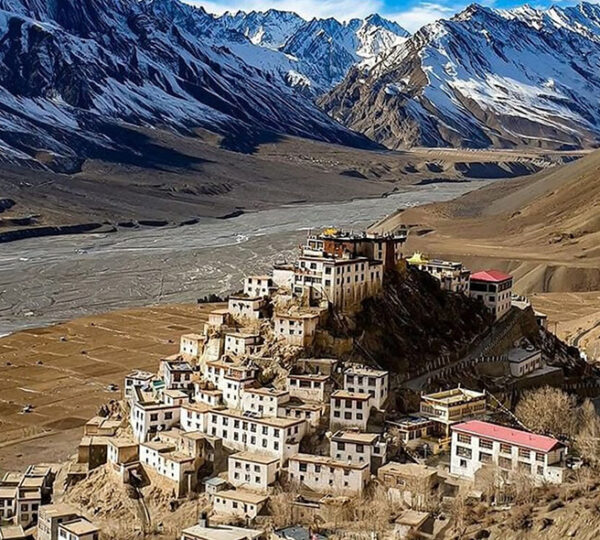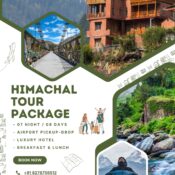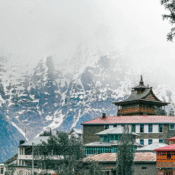How to Plan a Perfect Road Trip to Spiti Valley

How to Plan a Perfect Road Trip to Spiti Valley
Are you dreaming of high-altitude deserts, Buddhist monasteries perched on cliffs, and vast moonscapes under starry skies? A road trip to Spiti Valley is one of the most exhilarating journeys in India. With careful planning and the right spiti valley tour packages, your adventure in this rugged wilderness can be magical and unforgettable.

1. Choose the Right Time to Go
Spiti Valley lies in the rain shadow of the Himalayas, meaning it’s accessible only a few months each year. The best windows are:
- June to September: Roads via Kinnaur are open and well-maintained.
- Late April to early June: Access via Lahaul Valley before the heavy snow melts.
- October: An offbeat season for fewer crowds, though cold nights begin.
2. Pick the Best Route for Your Adventure
Your path to Spiti sets the tone for the entire journey:
- Via Shimla–Kinnaur Valley: A scenic, gradual ascent with lush landscapes.
- Via Manali–Rohtang–Kunzum Pass: Thrilling but weather-dependent.
- Via Lahaul–Keylong: A great alternative if snow has closed Rohtang.
Tour operators like Blooming Himalaya often offer customized road trip to spiti valley packages that combine both routes, giving you a balanced experience of green valleys and barren terrains.
3. Arrange Permits & Documentation
Indian citizens need an Inner Line Permit for restricted villages like Kibber and Dhankar. Foreign nationals must carry mandatory Protected Area Permits (PAP) for Spiti and Theog areas.
The good news is that most packages include these permits, saving you time and ensuring hassle-free border crossings.
4. Book Your Vehicle and Driver Wisely
The rugged terrain demands sturdy transport. Options include:
- In a Group or Package: Shared tempo travelers or SUVs with trusted local drivers.
- Self-Drive: Allowed on some routes via Himachal but tricky—roads can be unpredictable.
Local agencies under Blooming Himalaya ensure vehicles are well-maintained, drivers are skilled Himalayan navigators, and punctures or breakdowns won’t derail your plans.
5. Plan a Well-Balanced Itinerary
The itineraries typically include:
- Journey through Kinnaur: Stop at Nako, Sangla, and Chitkul for stunning green landscapes.
- Through the Trans-Himalaya: Discover Keylong and Jispa as you ascend.
- Spiti Valley immersion: Stay in Kaza, explore Ki Monastery, Dhankar and Tabo.
- Optional side trip: Chandratal Lake or remote villages like Gue (with the 500-year-old mummy).
Most packages offer flexible itineraries ranging from 7 to 12 days, ensuring you don’t rush and give high-altitude acclimatization time.
6. Acclimatize: Your Health Comes First
Spiti Valley sits between 3,000–4,000 meters above sea level. Take the time to acclimatize:
- Drink plenty of water
- Move slowly and avoid sudden physical exertion
- Skip strenuous hikes on your first day
- Blooming Himalaya-backed packages often build a mid-altitude stay day at places like Keylong or Jispa, helping you adapt.
7. Pack Smart: Clothing & Essentials
Weather here shifts fast. Pack:
- Thermal layers, fleece jackets, windcheater, gloves, warm caps
- UV-blocking sunglasses, sunscreen, lip-balm
- Basic first-aid kit, altitude medication (Diamox if recommended)
- Reusable water bottle and snacks
Preparedness means focusing more on the experience and less on emergencies.
8. Stay in Local Homestays and Camps
Authentic, warm, and sustainable: homestays in villages like Kaza, Kibber, and Dhankar offer cultural immersion, local cuisine, and immense hospitality.
Many of the packages include curated homestay stays, offering simple comforts and unforgettable human connections.
9. Experience the Culture and Spiritual Side
Spiti is rich in Buddhist heritage. Don’t miss:
- Ki Monastery and its illuminated evening chants
- Dhankar, perched dramatically with ancient murals
- Peaceful drives through villages like Langza, Kardang, and Deskit
10. Capture the Journey & Stay Connected
- A reliable camera with extra batteries
- Sturdy tripod for night and landscape shots
- Power bank—electricity is limited and inconsistent
Mobile networks are patchy, but some homestays offer Wi-Fi. Many package even provide local SIM cards for emergencies and communication.
11. Respect the Environment
Spiti Valley’s pristine ecosystem deserves protection:
- Minimize plastic—bring a reusable water bottle.
- Use eco-friendly soaps and toiletries.
- Stick to marked trails and dispose of waste properly.
- Support local crafts, homestays, and village-run shops.
Final Thoughts
A Spiti road trip is a soul-stirring mix of adventure, serenity, and culture. Here’s your quick checklist:
- 🛣 Choose route (Shimla for safety; Manali for thrill)
- 📅 Travel between late May–Oct
- 🚗 Use high-clearance vehicle + safety gear
- 💧 Acclimatize, hydrate, rest
- 🎒 Pack layers + essentials
- 🌱 Respect local life and fragile ecology
All Categories
Recent Posts
Himachal Tour Packages | Ultimate Travel Guide 2025
How to Plan Your Himachal Trip: A Complete Travel Guide
How to Plan a Perfect Road Trip to Spiti Valley
Tags





